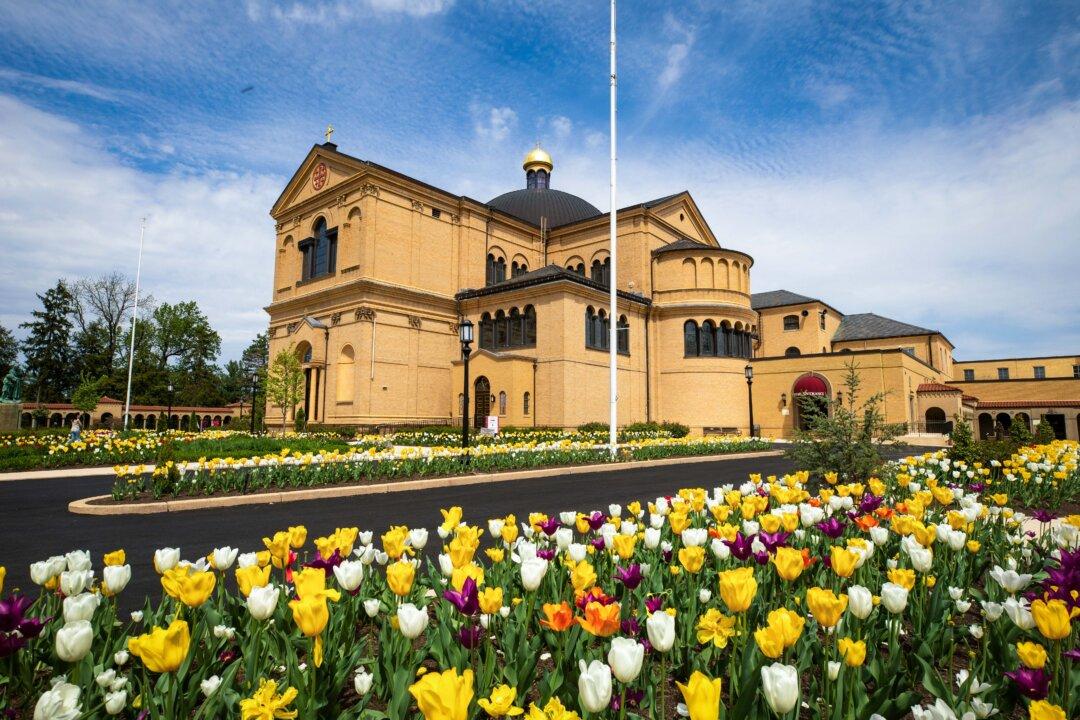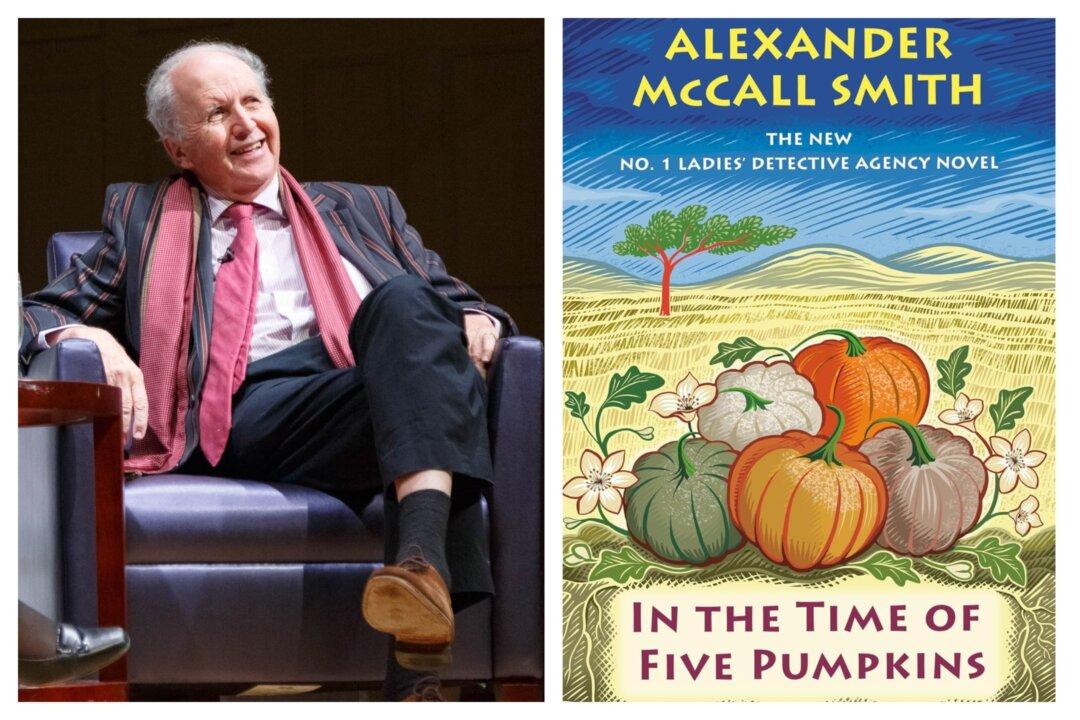Not many can afford a plane ticket to visit the Church of the Holy Sepulchre in Jerusalem, historically identified as the place where Jesus was crucified, nor plan a pilgrimage to the Holy Land now in light of current events. But in the District of Columbia, one may find a tranquil place to remember and reflect on the Passion of Christ and the important events in Jesus’s life.
Stewards of the Holy Land
The Franciscans, or the Order of Friars Minor, were headed by Francesco di Pietro di Bernardone, who is more popularly known as St. Francis of Assisi. In 1217, just eight years after the founding, the Franciscans arrived in the region where Jesus was born, ministered, and died, establishing the “Province of the Holy Land.” St. Francis himself visited the Holy Land between 1229 and 1230.The Franciscans, after a brief stint in exile after the last Crusade outpost fell to Muslim hands, were able to return to the Holy Land and negotiate with Muslim leaders the acquisition of certain sites and the ability to officiate mass at the Church of the Holy Sepulchre. Pope Clement VI recognized the Franciscans’ role as caretakers of the holy shrines, and this was formalized in a papal bull, an official document from the church, in 1342.





